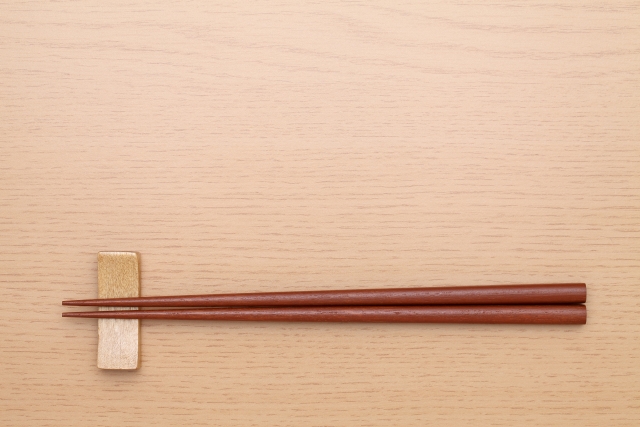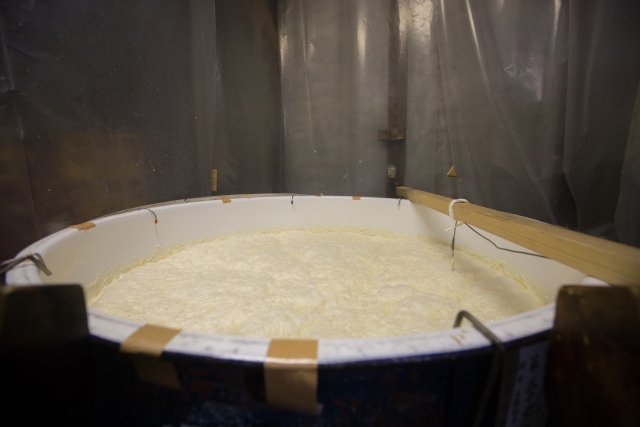-

-
HASHI: Chopsticks and Japanese
Haushi, chopsticks, are tableware, but they have symbolic caning for the Japanese. It is said that the Japanese start and end their lives with chopsticks. At each turning point in life, there is a ceremony using chopsticks. A baby and its parents celebrate me 100th day after its birth as kuizome (first meal) and the baby meets chopsticks. Other celebratory hashi are enmusubi (match-making) hashi, meoto (married couple) hashi at the wedding, and chõju (longevity) hashi. In Buddhism, when one dies, his/her family members moistens the lips of the deceased with matsugo no mizu (last water before death) applied using ...
-

-
The Allure of Sake: History, Brewing Process, Cultural Significance, and Global Appeal
Sake is made from rice. Kōji (malted rice) and water are added to steamed rice, and this mixture is placed in a vat and left to ferment with yeast for 20 days. After fermentation, the mixture is ready for pressing, filtration, and heating. Sake, often called Seishu (literally, "clear sake"), is a fermented alcoholic beverage made from rice. Among all brewed alcoholic beverages, it has the highest alcohol content, often around 15-20%. Sake has been a traditional Japanese alcoholic beverage since ancient times, with records of its production dating back over a thousand years. Sake has a wine-like aroma ...
